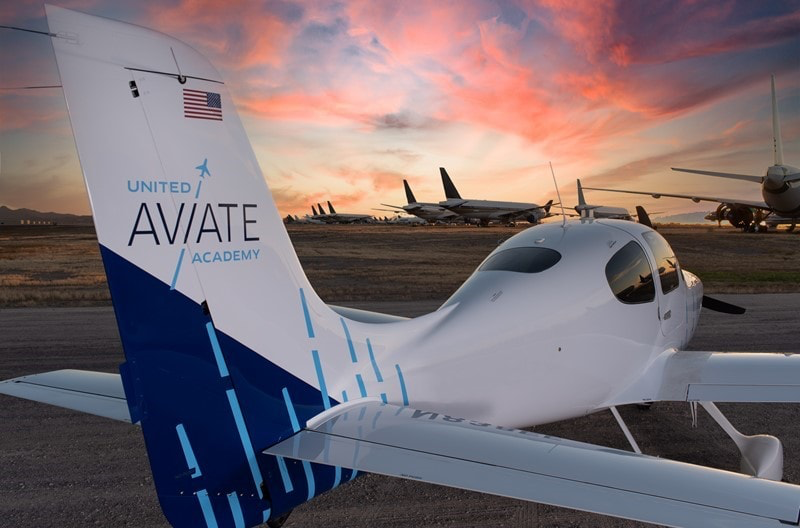United Airlines (Nasdaq: UAL) today announced the inaugural class of 30 United Aviate Academy students will begin their studies on Dec. 6 at the new flight training academy at Phoenix Goodyear Airport. The first class, 80% of whom are women or people of color, will complete a rigorous, year-long training program that sets them up for a career that reflects United’s high standard of professionalism and deep commitment to delivering a safe, caring, dependable and efficient travel experience. United Aviate Academy received more than 7,500 applications from aspiring pilots around the country in less than six months, with nearly 75% of those applicants being women or people of color.
After completing their training at the academy, students will build flight and leadership experience while working within the Aviate pilot development ecosystem at partner universities, professional flight training organizations and United Express carriers on their way to becoming United pilots.
The state-of-the-art, 340,000 square-foot facility at Phoenix Goodyear Airport, which United Aviate Academy will lease from the city of Phoenix, will provide aspiring pilots with industry-leading resources, equipment, and accommodations. The facility was previously home to Lufthansa Aviation Training (LAT), and United Aviate Academy will sublease part of its facility to LAT, a wholly owned subsidiary of Lufthansa, a United Star Alliance partner.

